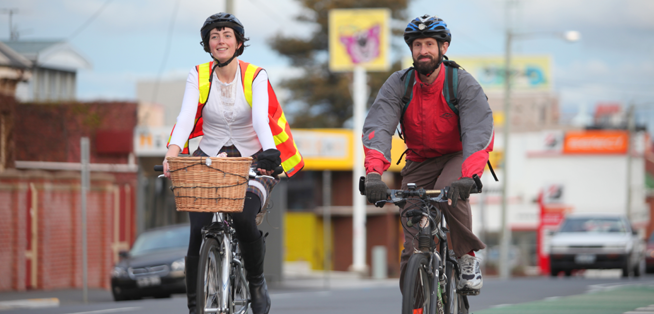The silly season has begun at the Sydney Morning Herald apparently, with a report today that riding a bike is for the elite.
Of course, the truth is precisely the opposite – bike riding is accessible to everyone.
In fact, the bicycle is a powerful tool for social inclusion because the cost of participation is low and the benefits apply to all equally.
The cost of buying and running a bike is vastly lower than for a car, and is less than public transport too.
Yet, in analysing data on riding to work trends, an expert rolled out the tired old trope that ‘bike riding is the new golf’.
No, riding to work is not the new golf – it’s transport.
The pronouncement is on the basis that most bike riders in Sydney and Melbourne come from the popular and populous inner-city suburbs, which apparently links bike riding to affluence.
Dense suburbs such as we have in our inner cities are always going to have more bike riders, because everything is closer to everything else, and within easily riding distance.
What this data also shows is that alternatives to driving are not provided elsewhere.
If bike lanes and paths exist in a connected network people will ride.
People ride 5–10km for their commute because that’s the sort of distance where the bike is most efficient form of transport.
At this stage in Sydney and Melbourne it is only within in a 10km radius of the CBD that a useful array of bike lanes and paths exist.
What’s missing is space for bike riding for residents of our cities outside the inner-suburbs.
We continue to build road space for cars across our cities and don’t accommodate bike riders.
Bike lanes and paths that connect in a network, and that also connect to public transport, must extend throughout residential areas to fully utilise bikes as the healthy efficient transport that they are.


